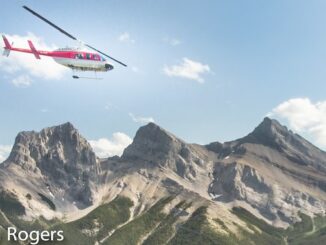R. L. Glisan penned this quote about Lake O’Hara in the Canadian Alpine Journal, “Not a trace of human presence, not a trace of any disturbing element, the whole scene was the personification of a majestic peace.” That quote was written in 1908 and although a lot has changed in the intervening years, Lake O’Hara continues to be one of the crown jewels of the Canadian Rockies. By managing the number of visitors allowed in the valley each day, Parks Canada has ensured that Lake O’Hara and surrounding area continue to be as pristine as possible.

Unfortunately, little has been published about the earliest visitors to the Lake O’Hara valley, but it’s not hard to fathom that the entire area would have held cultural importance to many pre-contact Indigenous groups. One of the earliest European explorers to the area was Samuel Allen. Upon setting eyes on the stunning lake, Allen wrote, “as beautiful a lake as I have ever seen.” Allen named the lake after Colonel Robert O’Hara, whom Allen believed to be one of the first Europeans to have seen it and it was from O’Hara that Allen had originally heard of the lake’s existence. On this trip, Allen was travelling with Yule Carryer, an Indigenous man who had studied at the University of Toronto and was working for the railroad in Field, when he was enlisted to join the expedition. Allen was also responsible for naming numerous peaks and passes (including Abbot Pass) in this area, many of which feature Indigenous monikers.

Today, access to Lake O’Hara is carefully regulated by Parks Canada. There are four ways you can visit the Lake O’Hara valley; day-visit, overnight camping, staying in the Elizabeth Parker Hut, or staying at the Lake O’Hara Lodge, all of which require advanced reservations. Getting to the lake is accomplished by travelling the 11-kilometre gravel access road. Parks Canada operates a shuttle bus, but due to the overwhelming popularity for day-users, reservations for the bus are obtained through a random draw process. Many visitors have expressed frustration over the difficulty in acquiring a reservation on the shuttle bus, but these regulations have ensured the highly sensitive alpine environment remains unspoiled and it also means the trails will never feel crowded. If you’re looking at visiting the Lake O’Hara valley, please visit this Parks Canada website for all the details.













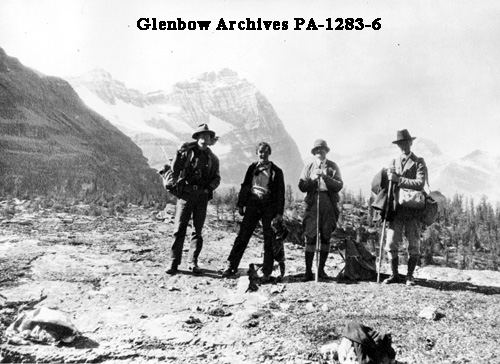

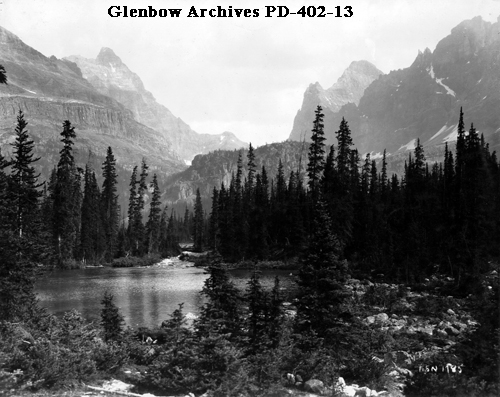

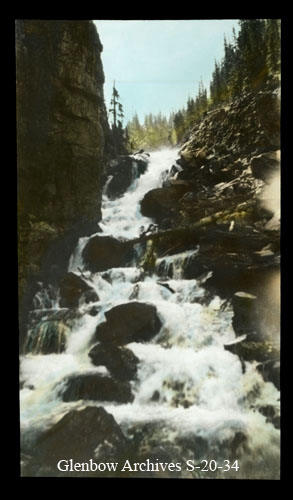
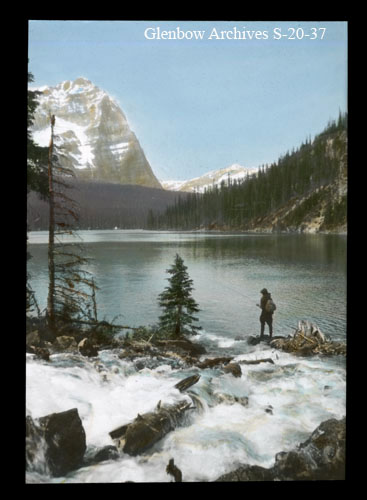



For additional posts about Yoho National Park, please visit my previous stories including Historic Photos of Yoho National Park, Yoho’s Stone Bugs, and A Collection of Historic Photos from Abbot Pass.

The photos above were collected from the Glenbow Archives. If you’re interested, additional information can be found for each photograph on the Glenbow website by searching the identification number that is printed on the photo. There is also the option to purchase a high resolution copy. Stay tuned for additional posts featuring historical photos from across Alberta. We’d love to know what you think in the comment section below.




